Parasites can be called the natural companions of man because these creatures cannot live outside the host. It is estimated that at least 70% of the world’s population is infected with various helminths. In fact, many have been at home with them almost since birth. However, it wonders about how to detect the presence of parasites in the body, about one-third of those infected. This is due to the low awareness of the population or the lack of interest in their health.
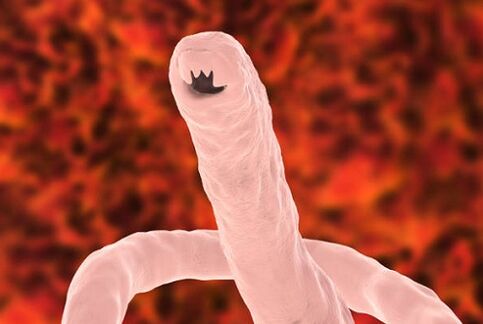
Early detection of infection is important to avoid complications from parasites.
According to statistics, more than 60% of those with a parasitic infection accidentally become aware of the problem, and only about 30% deliberately look for symptoms of helminthiasis and refer the problem to professionals.
Until recently, helminthiasis was commonly referred to as a disease of the poor because hygiene knowledge was poorly incorporated into these strata. However, with the growing interest in the problem, it has become clear that such a definition is fundamentally wrong, as worms are found among both peasants and reputable businessmen.
Why is coexistence with parasites dangerous?
Many people do not understand why they should be tested for parasites if there is no serious health problem? Why should you look for disorders in your condition if they don’t interfere with your normal lifestyle? Moreover, 8% of the population has a reasonable question: what if someone has learned to exist with parasites in their body? After all, evolution does not stop, and what was once considered harmful may be commonplace.
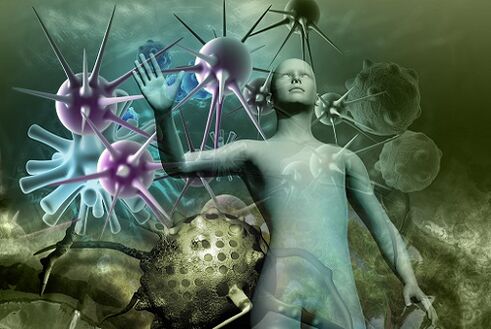
Similar questions have been raised several times, and every doctor, even the most inexperienced, will tell you that a parasitic organism is different from a symbiont (a microorganism that peacefully exists in a human that helps, for example, process and assimilate food more efficiently). ) in that it takes more than it gives. In the human body, parasites tend to act as very unreliable and irresponsible farmers:
- seal with toxins and slag;
- destroys the natural defenses (immunity);
- take away most of the nutrients;
- physically damages internal organs.
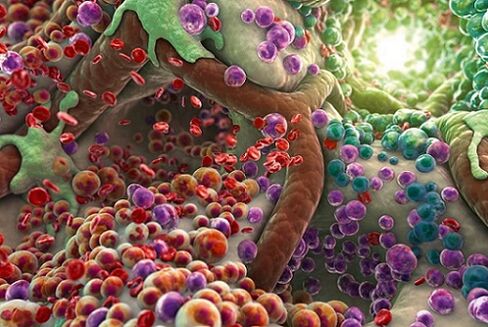
This is called parasitism, that is, being in the host to extract as much benefit as possible for oneself, but without benefiting the host.
Timely detection of parasites helps to avoid many problems, including severe endocrine and hormonal disorders, internal organ dysfunctions, and even mental disorders.
What signs appear with the parasites
The parasitic lifestyle that is dangerous to most people lives in the intestines and internal organs. They rarely go out in their original form, so during the preliminary diagnosis, the doctor only considers the external signs of their presence. Their presence can be determined by a combination of clinical manifestations.

In 99% of cases, the host reacts violently to a dangerous environment. Signs of infection caused by worms can be different disorders of the body's functions, depending on which organ they live in. As parasites can be difficult to detect in their natural form, it is important to pay attention to the following symptoms:
- Sudden indigestion. They most often indicate that the intestinal forms of intestinal worms — round and tapeworms, lamblia, and protozoan organisms — have begun to parasitize. This group of symptoms can be manifested by sudden constipation or diarrhea, nausea and vomiting, belching, and poor digestion. Another sign of intestinal helminthiasis is blurred abdominal pain, which may not have a clear localization.
- Allergic reactions in the form of rashes, skin peeling, spots. In most cases, it is impossible to determine the source of such a reaction because tests for allergens show negative results. And it is only after the patient has passed the test for the presence of parasites in the body that it becomes clear what caused the atypical immune response.
- General deterioration in the form of febrile conditions, fatigue, deterioration in sleep quality. Similar clinical manifestations of helminthiasis occur immediately after invasion and after a prolonged course. Because parasites cannot be identified immediately, many patients use folk remedies and symptomatic medications to cope with these unpleasant phenomena. They usually only bring temporary relief.

A certain group of signs of diseases associated with worm infections are found only in women. This makes their hair and nails dull and brittle. The skin also suffers from parasites - it will be pale, pustules, age spots, peeling appear.
A rare woman associates cosmetic problems with helminths. Most say to the last, "I have a vitamin deficiency, I have a hormonal imbalance, not worms! "
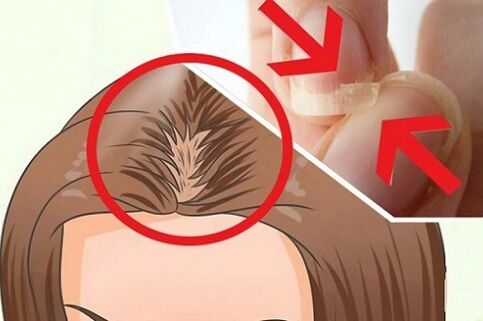
If you have the slightest suspicion that there are parasites in your body, how do you know exactly what caused them to appear? There are plenty of self-diagnostic methods at home, as well as special methods to identify worms.
How to identify helminthiasis at home
About 70% of patients who are presumed to be infected with a worm do not want to see a doctor with this problem. And the point here is not that one doesn’t care about one’s own health. So far, people consider helminthiasis a shameful disease that can only occur in the lower strata of the population. However, experts say that fairly affluent people can get an insidious settler.
Because helminths settle largely in the intestines, the only way to detect their presence is to check for feces. This proven method was the basis for microscopic examination of the feces, during which the doctor could detect the eggs of the worms.

This is the easiest and cheapest method and can be done at home. However, this does not allow the detection of worm eggs due to their microscopic size.
How does the self-test work?
There are several rules on how to determine the presence of parasites in the human body in this way:
- The feces need to be examined several times because the worms do not come out continuously but intermittently. Because different types of worms are activated at different times of the day, it is also worth collecting morning and evening doses of feces. In the morning we can find worms, and in the evening we often encounter larger worms - spindle worms and tapeworms.
- A person who examines the stool for the presence of helminths should wear disposable medical gloves. Most helminths actively excrete eggs, which can cause re-infection if swallowed. It is important to protect yourself from this, even if you already have symptoms of a worm infection. Discard gloves after use and wash hands thoroughly with soap and water.
- It is advisable to use an object when examining the stool, as the parasites are found not only on the surface but also in the middle of the stool. It is advisable to dispose of the stick or spatula after such use.
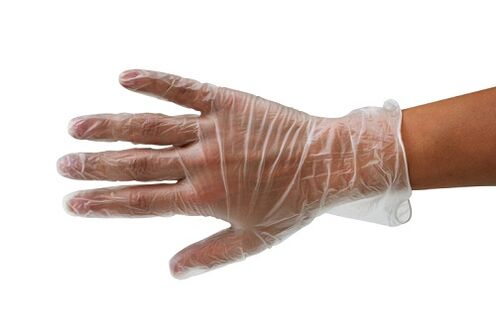
Finally, the most important rule for the independent study of worm stools. It is advisable to collect the material in a separate container as it is unlikely that it can be inspected with special care in a toilet bowl or container. As a last resort, you can cover the toilet bowl with plastic, empty it, and then examine the feces thoroughly.
Experts recommend applying a small portion of the material to the glass and then examining it from all sides under good light. Thus, even the smallest parasites can be seen.

The result of stool self-examination for worms
A 100% presence of helminthiasis should be considered if the faeces contained:
- live or immobile small worms;
- white or yellowish slices resembling a slightly wavy-edged cooked dough;
- fragments which look like grains of rice and which may be mobile;
- large white or pink worms.
All of these signs point to infection with dangerous worms, which can lead to serious health problems, even sudden death. But even if the stool has been shown to be "clean" and you have symptoms of helminthiasis, you should contact an infectious disease or pediatrician urgently (if you notice any signs of helminthiasis in a child).

Examination of worms in the clinic
As it is very difficult to find out if there are parasites in the body and the result of the self-diagnosis is not very accurate, the diagnosis should be left to specialists. The doctor or infectious specialist will order the necessary tests. If the child is bothered by signs of invasion, you can seek help from a pediatrician.
To make an accurate diagnosis, you must provide:
- microscopic analysis of faeces (coprooscopy) - preferably three times at one week intervals;
- scraping for enterobiasis;
- blood test for ELISA - a single delivery is sufficient to make a reliable diagnosis;
- stool analysis PCR is required if the results of microscopic examination of the stool are ambiguous.

In addition, your doctor may prescribe additional instrumental diagnostics. This is most common when there are suspicions of worms in the liver parenchyma and bile ducts or other internal organs. In the presence of worms, the tests will be positive (parasite wallpaper, DNA, antibodies and antigens are present in the materials).
Based on the results of the diagnosis, the patient prescribes treatment that can almost always be done at home (not many parasitic infections require hospital treatment). Therapy may be needed for all members of the family of worm carriers, as many species of these creatures can easily spread from person to person.
















































